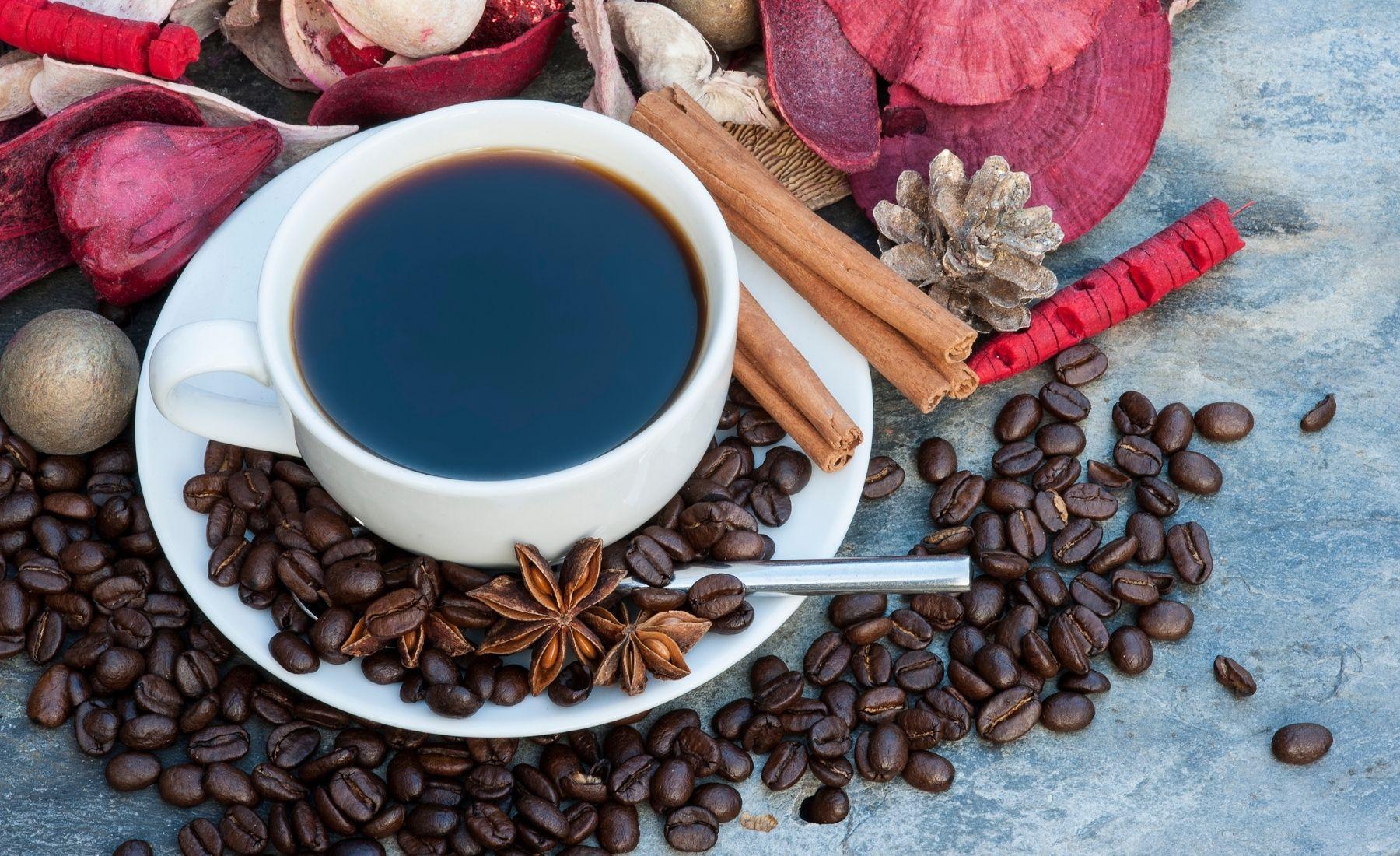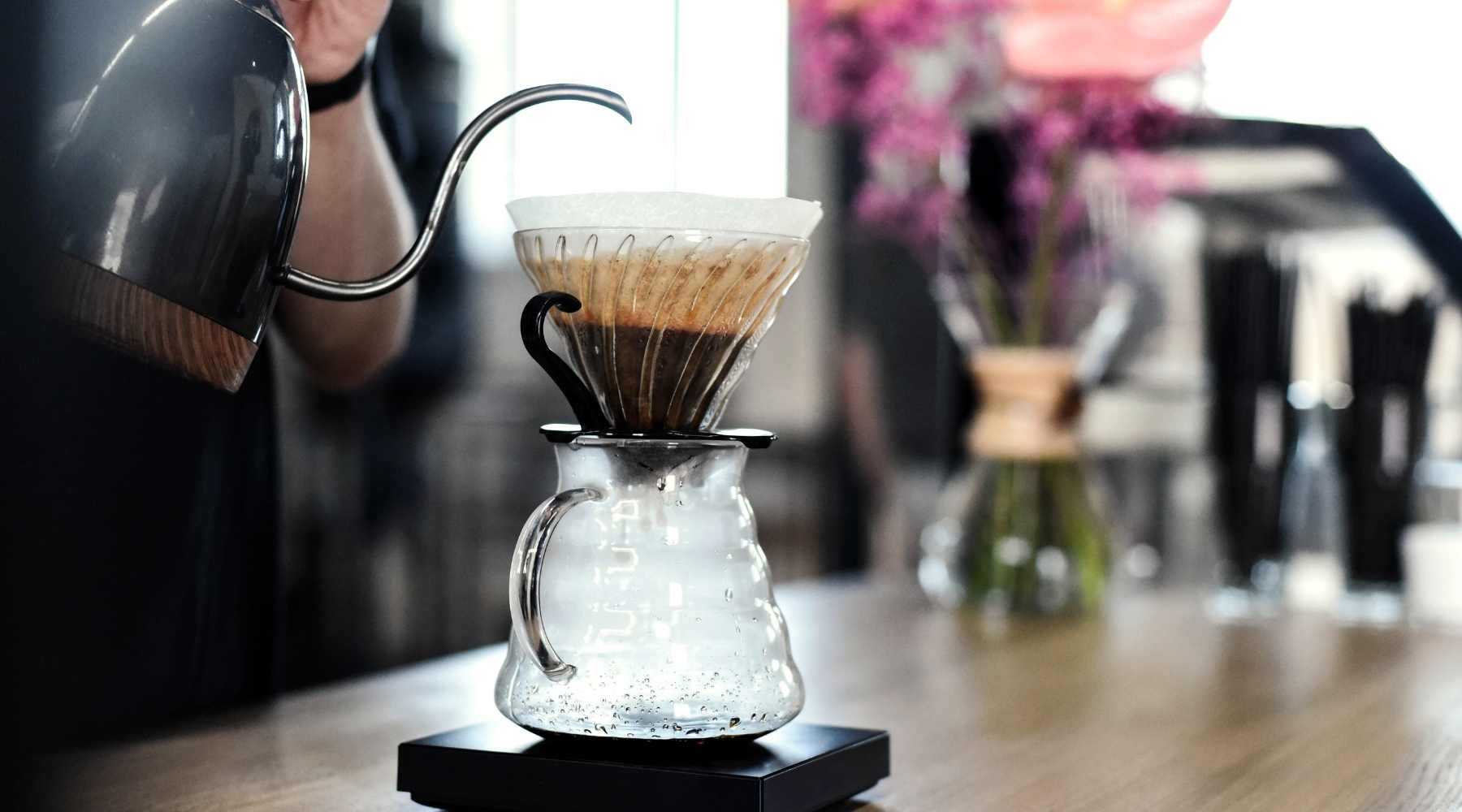Guide To The Colombian Coffee - Its Types And Flavours
Published Date:
Welcome to Colombia! A country that’s known for its colorful culture, amazing landscape, its Arepas, and… its specialty Colombian coffee which makes up over 50% of Colombia's exports and provides an income for 25% of its population.
Colombia’s isothermal and tropical climate is absolutely perfect for growing coffee and as a result, many Colombian coffee brands have been born over the years! The temperatures are ideal for coffee farming… Never falling below zero and accompanied by lots of wonderful tropical rainfall! In addition, the Andes mountains, a highlight of the Colombian landscape, are home to 16 active and inactive volcanoes making the land extremely fertile. It is enriched with elements such as magnesium, potassium, iron, and phosphorus making its Colombian coffee farming capabilities extremely high.
Colombia has reason to be proud of its coffee farming - UNESCO has impressively made the Coffee Cultural Landscape of Colombia a World Heritage Site. To quote UNESCO, Colombia's coffee landscape is “an exceptional example of a sustainable and productive cultural landscape that is unique and representative of a tradition that is a strong symbol for coffee growing areas worldwide.”.
What Makes Colombian Coffee Unique?

Colombian coffee has a beautifully unique taste and tends to be sold at a higher price point as it is mostly made up of the superior arabica bean, which comes at a cost! Colombian coffee is known for its low acidity that is balanced with a sweetness that isn’t dissimilar to caramel and can have heavy notes of chocolate and nuts. Although there are also many other varieties depending on the crops, which have a variety of flavor notes that are lighter, more fruity, and floral.
Another factor that makes Colombian Coffee stand out, is that a wet (washed) process is used in the production. This process is known to produce a more palatable acidity within the beans, making it a more highly regarded process than the dry process used in African and Asian Coffee production.
What Are The Different Types of Colombian Coffee? Arabica vs Robusta
Colombia produces two types of coffee beans: Arabica and Robusta. However, Colombia is most known for its high-quality Arabica Beans. There are lots of differences between these two types of beans which we would like to fill you in on. Firstly let's start with shape and size! The Arabica coffee beans are, generally speaking, larger and have an extended oval shape compared to Robusta beans which are generally small and round. They also give off a different taste!
The Arabica flavor is more favorable as it is more acidic in taste whereas Robusta has a slightly bitter taste, making it less refined. For this reason, Arabica makes up the majority of the Colombian Coffee trade. Certain robusta beans however can be slightly creamier than Arabica beans, so they are great for instant coffees! Robusta also has a slightly higher caffeine % of 2.7% compared to Arabica which comes in at 1.5%.
It's important to note that within each type of bean there are lots of different varietals. So let's take a look at the most popular and best Colombian coffee varietals: Caturra, Typica, Colombian, Cenicafe 1, Castillo, and Tabi.
Undoubtedly, Caturra is the most commonly found bean in Colombia and makes up almost 45% of Colombian coffee. It has a medium body and citric flavor tones! It is closely followed by Typica, which was actually the first variety introduced to Colombia. It makes up 25% of Colombian coffee beans and has a slightly milder sweet, fruity taste.
The third and newest variety is the Colombian bean. It has only been around since 1982 and was produced to tackle the growing coffee rust issue, whereby the leaves start to develop yellow spots that look like burn marks and cause the foliage to die leaving only the skeleton of the tree. This variety can withstand coffee rust and has a chocolaty, caramel flavor that is often associated with Colombian coffee.
Let’s Talk About Hulia

Hulia is quite literally the hub of Colombian Coffee. This award-winning region is the equivalent of Nashville for country music but in coffee terms. Hulia is so well known for being the best Colombian coffee that it has gained an Origin status. A key to Hulia’s superiority is that it gets washed as part of the production process. It enhances the coffee bean’s unique inherent qualities that all baristas’ go wild for.
The climate in Hulia is ideal for coffee production, staying between 17°C-23°C all year round. Hulia has lots of small-scale farmers that have 1.5 hectares of land. They are at the perfect elevation of 1200-1800m above sea level, which is needed for high-quality Arabica bean growth. Hulia also falls in a volcanic region, so the soil is extremely nutrient-dense!
One last thing about Hulia! 35 out of 37 municipalities in Hulia produce coffee. Look out for coffee from Pitalito, Garzón, La Plata and Neiva - the top Hulia regions. But in all honesty, get beans from anywhere in the Hulia region and you can bet it's going to be great Colombian coffee!
Tips and Tricks for Brewing Columbian Coffee

Now, what is the point in knowing all about Colombian coffee and where to find the best ones, if we don't also make sure you know everything there is to know about brewing the best Colombian coffee! Let’s start with how the locals do it.
Also Read - Coffee Brewing Tips - The Importance of Brew Time
The Colombian way
Colombians LOVE coffee and not just growing it. Drinking coffee is a huge part of their culture. Especially their morning ‘Tinto’. This is a small cup of black Colombian coffee that is sweetened with panela (a raw sugar common in South America).
In Colombian homes, coffee is usually brewed with a ‘coaldor’, which is a very simple and efficient method of home brewing coffee. The coaldor is essentially a cloth filter that is hung on a circular wire. Once water has been boiled, ground Colombian coffee is placed on the cloth, and water is poured over. A big pot of coffee could be made in the morning and left on the stove to be reheated throughout the day!
Another traditional way of brewing coffee at home, is using a filterless Olleta. The ground beans are placed in the Olleta pot with water and boiled until ready. Once the coffee has sunk to the bottom, the coffee is poured out carefully.
If you venture out to cafés in Colombia you’ll see coffee being made in ‘grecas’. These look like tall, shiny, early models of espresso machines. These keep coffee at a high temperature, which results in a very strong and almost burnt coffee that is a staple to the Colombian coffee culture.
How To Brew Colombian Coffee At Home

There are a lot of ways to brew Colombian coffee, it depends on your preference and the kit you have at home! We’ll run through a few of these to ensure you know what you are doing and have the best tips and tricks for a variety of methods!
AeroPress

Using an Aero press usually helps to brew a more chocolatey Colombian coffee. To use an AeroPress to brew the best Colombian Coffee, you should start by inserting and securing filter paper into the AeroPress. Rinse the cup and filter with hot water and then add 15g of finely ground Colombian coffee to the AeroPress chamber. Pour around 200ml of hot water and stir into the coffee. Once you have inserted the plunger back into the Aeropress, wait 30 seconds and press the plunger down.
You now have a perfect brew of pure black Colombian coffee. Add your favorite plant-based milk or serve black. Add panela sugar to drink your coffee the Colombian way!
French Press

If a French press is your preferred brewing technique then go ahead and start by boiling some water over the stove or in your kettle. Start by preheating your press with some of this water and then adding 21g of coarse ground Colombian coffee. Pour over around 300 ml of the boiling water and leave to brew for 4 minutes before plunging down the lid slowly. Leave to cool for another 2 minutes and serve to taste!
Espresso Machine

If you are lucky enough to have an espresso machine at home then we have some great tips on how to make the most out of your machine. Start by removing the portafilter from your group head, and pour hot water over the group head to preheat it! In order to grind your beans perfectly, we recommended using 8-10g of coffee for a single espresso shot.
Begin to grind your Colombian coffee beans using a fine setting by distributing the coffee evenly and applying enough pressure so that the coffee is sealed evenly but not too hard that water would struggle to get through. For the perfect cup, we would recommend preheating your espresso cup, so that once the espresso is poured it stays at the desired temperature.
Place your pre-heated cup under the grouphead nozzle and position the portafilter in the group head to start making your shot. You’ll notice that it starts slowly, and then an even and flowing stream will develop for 30 seconds until you have a wonderful espresso waiting for you.
Moka Pot

If you have an electric stove, start by preheating your stove to medium heat so that it is ready to go! If you have a gas fire stove, then turn it on once the following steps have been done. Start by filling the bottom half of the Moka pot with unboiled water. Then place the metal portafilter on top and fill it with your ground Colombian coffee beans.
Moka pots require a slightly coarser grind of the Colombian coffee beans than the espresso machine and do not require any sort of pressing down. Screw on the top of the pot and place it on the stove to heat up. You’ll be able to tell when the water has reached boiling point as the steam pressure will start to bubble up through the upper chamber and will make a noticeable hissing sound. This is the way you can tell your coffee is brewed and ready to enjoy!
V60

Last but not least, why not try using a V60 to brew an amazing cup of Colombian coffee. This is the closest to the traditional Colombian way of brewing coffee and that's why we love it. A method that echoes Colombian tradition.
Start by boiling some water and placing a V60 filter in the brewing basket. Then pour in some water to preheat the filter and the water chamber. Add around 18g of medium to fine ground coffee, and begin to gently pour in 60 grams of water to slowly and evenly wet the ground Colombian coffee. Let this sit for around 30-45 seconds before beginning to pour another 240g of hot water into the middle of the coffee. Leave the water to filter through, and you’ll notice the water dripping down through the coffee. Wait until this process has finished and remove the V60 brewing basket.
There you have it! Lots of insightful ways to brew a perfect, delicious, warm, and much-needed cup of Colombian coffee. Now you know everything you could possibly need to know about Colombian coffee - its origins, its flavors, where to source the best beans through a coffee wholesale option, and how to brew a perfect cup using a variety of different methods! With a coffee subscription, you can ensure a steady supply of high-quality Colombian coffee beans delivered right to your doorstep, allowing you to enjoy the rich flavors and aromas of this exceptional brew whenever you desire. Cheers to the perfect cup of Colombian coffee!

 ALL
ALL

